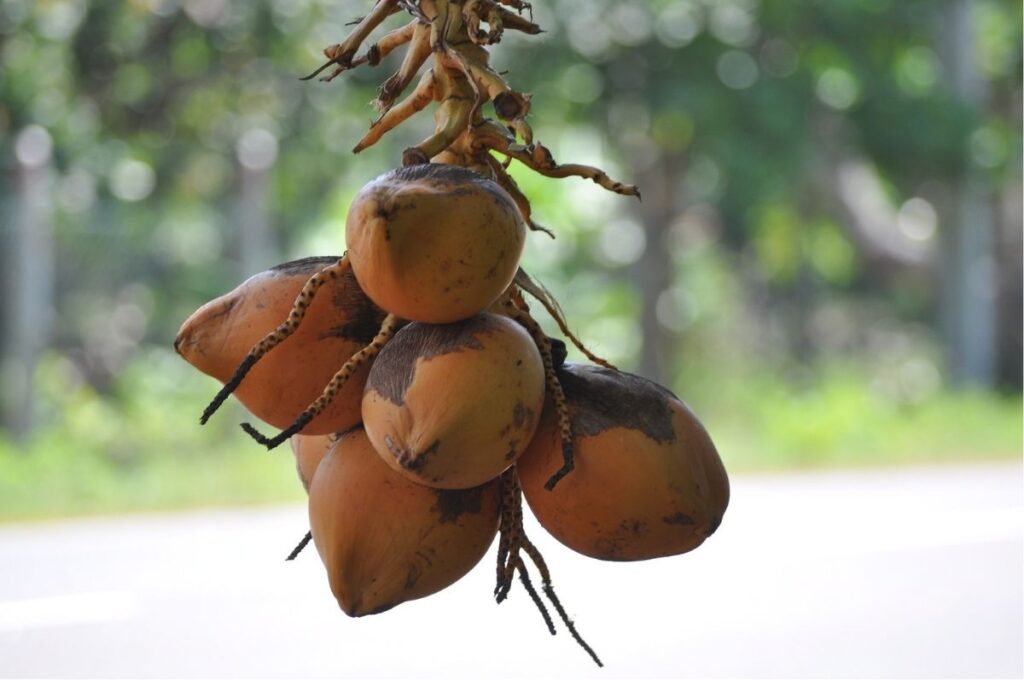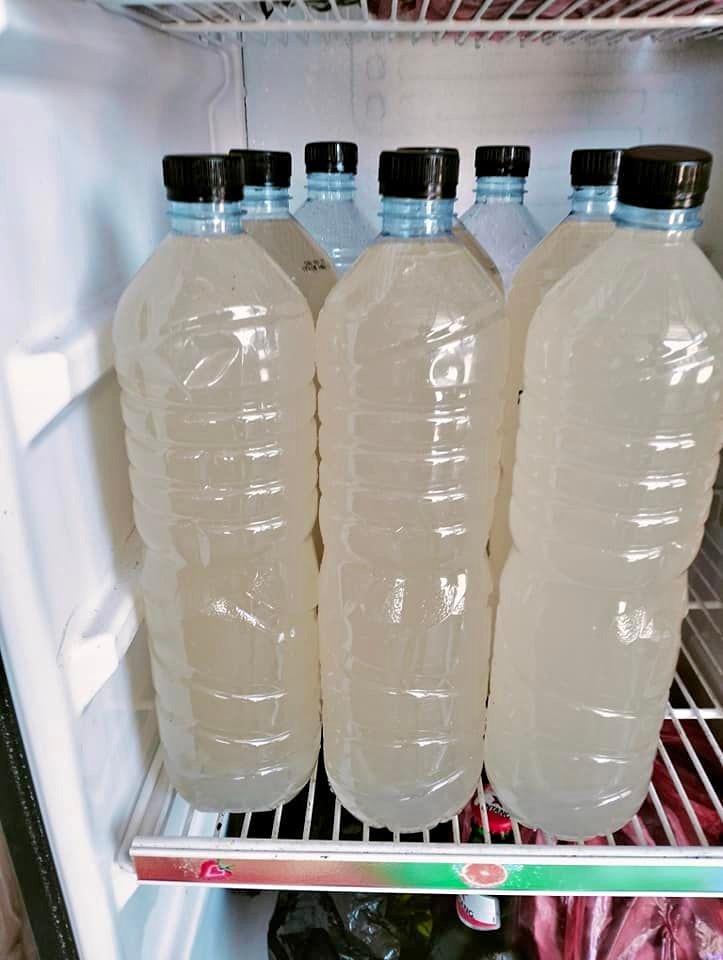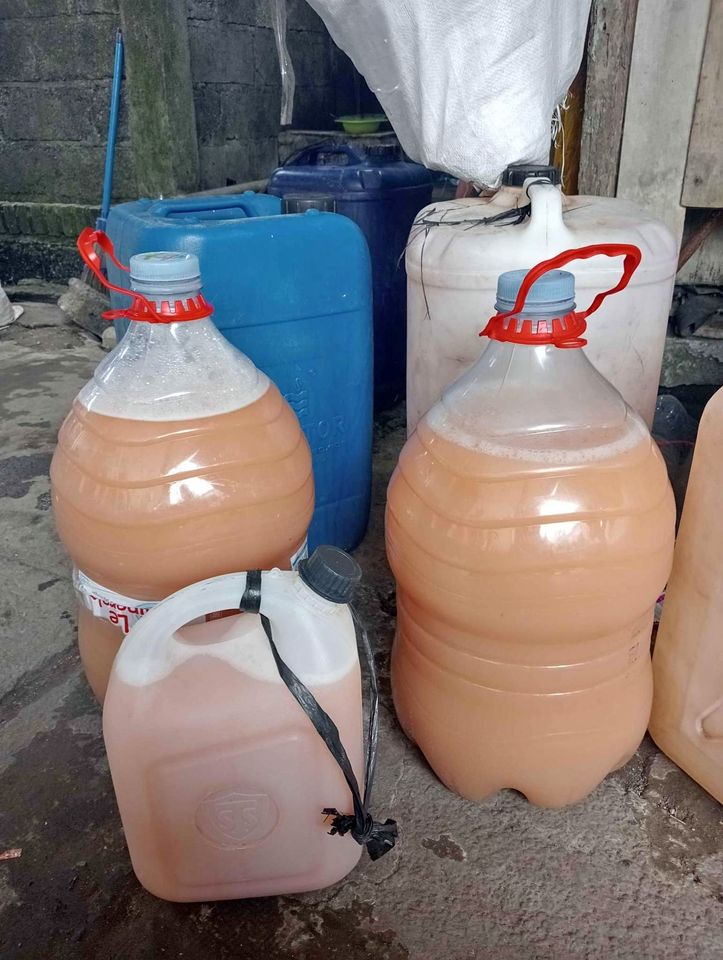Tuak, a native Balinese drink, holds a special place in the heart of Bali’s culture. Made from the sap of palm trees, this unique alcoholic beverage has been a part of Balinese life for generations. More than just a drink, Tuak is a sign of community and custom. Whether it’s shared among friends or used in ceremonies, its influence is felt in many parts of Balinese life. As you explore deeper into the world of Tuak, you’ll discover its rich past, its varied tastes, and its enduring role in the lively tapestry of Bali’s culture.
Tuak Historical background
Long before Bali became a global tourist hotspot, its people valued Tuak as a staple drink. Rooted deeply in the island’s past, Tuak’s roots trace back to ancient times when Balinese farmers tapped the abundant palm trees for their sap. This sap, when fermented, gave is Tuak. Over the years, it has grown from a simple farmer’s drink to a beverage of cultural importance. Celebrations, rituals, or just daily life, Tuak has been there, connecting the past with the present, and telling the Balinese of their rich history and the timeless practices that bind them together.
Production Process and Alcohol Content

Making Tuak is a simple yet special process, deeply rooted in Bali’s traditions. It starts with collecting sap from palm trees. There are three main trees used: the jake (or enau), the nyuh (which is a coconut tree), and the ental (a type of palm tree). Once the sap is gathered, it’s left to ferment. As days pass, the sap changes, turning from a sweet liquid into Tuak.
To gather the sap, fruit is prevented from being grown by cutting it where it is supposed to grow. Then a container is placed, in order to catch the liquid. which then also starts the fermentation process.
The time it sits and ferments decides how strong it will be. Most Tuak has an alcohol content between 5% to 10%. This can vary based on the tree type and how long it’s fermented. So, when you sip Tuak, you’re not just tasting a drink, but also the rich history and craft of Bali.
Two types of Tuak
The two main types are Tuak Manis and Tuak Wayah.
Tuak Manis, or “Sweet Tuak”, is fresh and young. It’s taken directly after the sap is collected. Because it’s new and fresh, it has a sweeter taste. It hasn’t fermented for long, so its alcohol content is on the lower side.
On the other hand, Tuak Wayah, known as “Old Tuak”, has sat longer. It’s been fermented more, which gives it a stronger and less sweet taste. With more time to change, its alcohol content is higher than Tuak Manis.
Cultural Significance of Tuak
In Bali, Tuak is more than just a drink; it’s a bridge to the past, a nod to tradition, and a centerpiece in many of life’s moments. At ceremonies, whether it’s the joy of a wedding, the solemnity of a funeral, or the reverence of Hindu rituals, Tuak is often present, symbolizing unity and shared memories.
When evening falls, it’s common to see groups gathered, Tuak in hand, sharing stories and songs. This communal drinking is a time for bonding, for laughter, and for music, with Tuak acting as the social glue.
Interestingly, traditionally, it’s mostly men who partake in these gatherings. They sit in circles, pouring and sipping.
Tuak Today

Today, Tuak is becoming more and more popular. Its unique taste is catching the attention of a wider audience, including tourists. No longer just a drink for traditional gatherings, Tuak is finding its way into modern bars and restaurants.
If you’re in Bali and curious to try, local markets and small roadside stalls are the best places to get an authentic taste. While prices can vary, Tuak is generally affordable, making it accessible to both locals and tourists. On average, a bottle might cost you a little over 1 euro, but prices can change based on location and quality. You can easily buy it even through Facebook Marketplace.
Health benefits of Tuak
Drinking Tuak, like any alcoholic beverage, comes with its pros and cons. On the plus side, many think that drinking Tuak in moderation can have health benefits, much like red wine. However, overindulgence can lead to the normal side effects of excessive alcohol intake.
Freshness is key with Tuak. It’s best consumed soon after production to experience its original taste. As time goes, the taste can change, and it might not be as pleasant. Typically, Tuak has a short shelf life, so it’s recommended to consume it within a few days of purchase to enjoy its true flavor.
Differences between Arak and Tuak

- How They’re Made:
- Arak: This is a distilled drink. It starts with a base, often rice or sugarcane, which is fermented and then distilled. This process gives Arak its strong kick.
- Tuak: Tuak is all about palm trees. It’s made by fermenting the sap taken from palm flowers. No distillation here, making it milder than Arak.
- Strength:
- Arak: It packs a punch! Arak’s alcohol content is high, often between 30% to 50%.
- Tuak: It’s gentler on the palate, with alcohol levels usually between 5% to 10%.
- Taste:
- Arak: Think of strong spirits like vodka, but with its own twist. That’s Arak for you.
- Tuak: Fresh Tuak is sweet, almost like a mild wine. Its flavor can change based on the palm type and how long it’s fermented.
- Cultural Ties:
- Arak: Enjoyed on special occasions, Arak is often a drink for celebrations.
- Tuak: In places like Bali, Tuak is more than a drink. It’s a symbol of community, enjoyed in gatherings and ceremonies.
- Safety Note:
- Arak: Be cautious. Some local Balinese Arak versions might have harmful additives like methanol. Always choose a trusted and official source.
- Tuak: Generally safe, but like all drinks, best enjoyed in moderation.
Hi I am Dwi. I am a blogger, travel agent and a mom of a lovely daughter and wife to a supportive husband. I customize and plan tours in Bali and islands nearby for a living and have been doing this for more than 14 years. Get in touch via contact [at] taletravels.com
